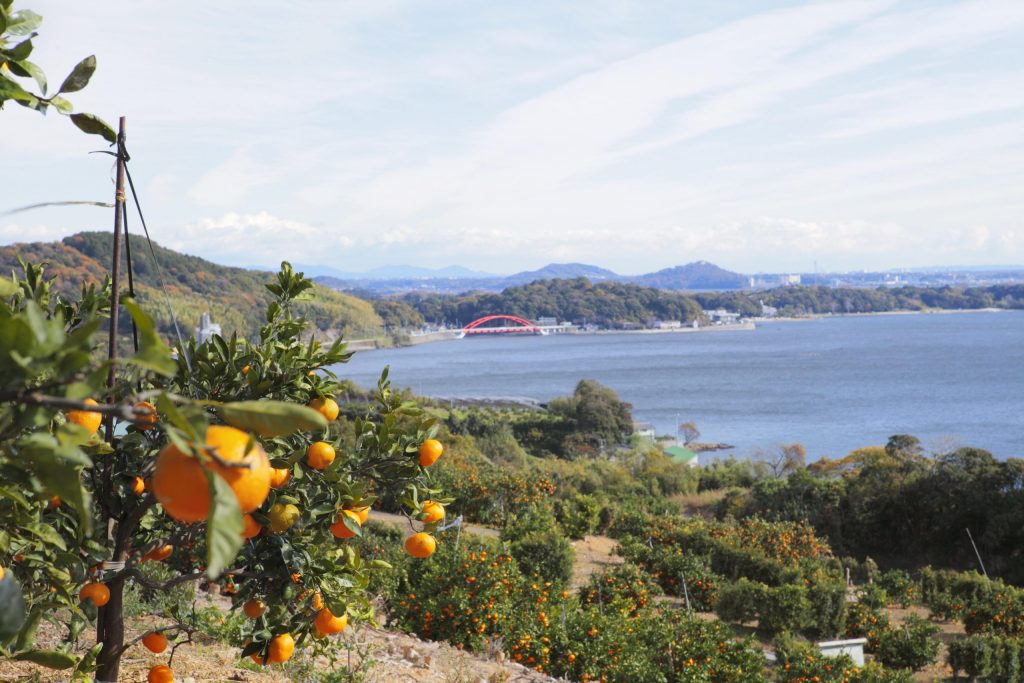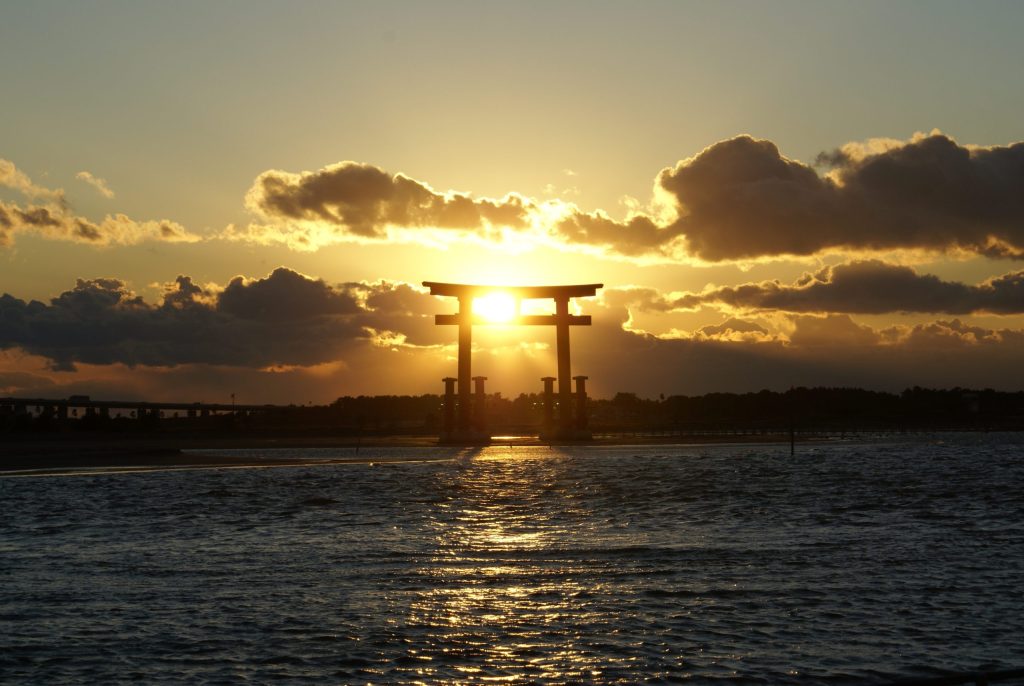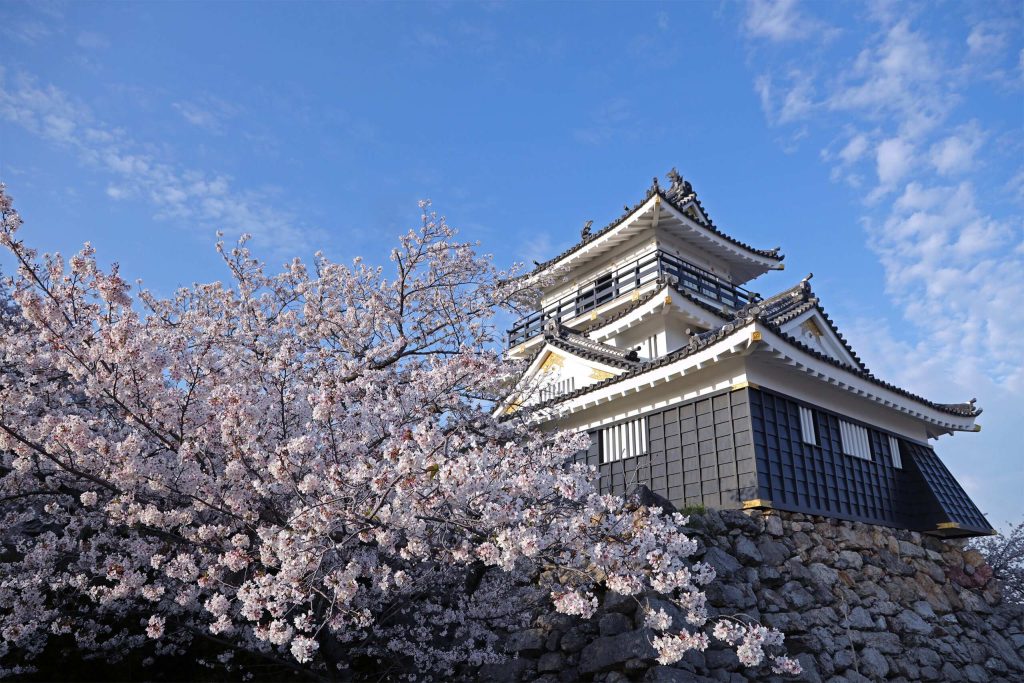
Photo courtesy of Hamamatsu-Hamanako Tourism Bureau
Welcome to “Another Side of Shizuoka”—Not Just Mount Fuji
When you think of Shizuoka Prefecture, Mount Fuji is the first thing that comes to mind. But Shizuoka holds hidden charms that go far beyond that iconic peak. Located in the western part of the prefecture, Hamamatsu City faces the Pacific Ocean, with lush mountains stretching behind it and the beautiful Lake Hamana spreading out in the center. Here, sea, mountains, lake, and culture are all condensed into one place—truly a spot where you can experience “Japan living with nature.”
Hamamatsu flourished as a key point along the Tokaido Road since ancient times and is also known as a “castle town” where Tokugawa Ieyasu established his base during the Warring States period. At the same time, in modern times, it developed a culture of manufacturing, producing items like pianos and motorcycles, giving it the face of a “city of manufacturing.” It is a land where history and innovation coexist. Within Shizuoka Prefecture, this region has cultivated its own distinct culture and industries. It attracts attention not only as a tourist destination but also as a place where one can deeply experience the spirit and way of life of Japan.
Accessibility is another charm, with Hamamatsu just about an hour and a half by bullet train from Tokyo or Nagoya. Not overly crowded, Hamamatsu offers a comfortable balance between nature and city life. In recent years, it has grown increasingly popular among foreign travelers as a city where they can enjoy a relaxed Japanese journey.
Lake Hamana — A fantastical landscape where lake and sea meet

Photo courtesy of Hamamatsu-Hamanako Tourism Bureau
When discussing Hamamatsu tourism, Lake Hamana is indispensable.
Covering approximately 65 square kilometers and located in western Shizuoka Prefecture, this lake is a rare “brackish lake” in Japan. Once a freshwater lake, it connected to the sea following an earthquake in 1498, transforming into the saltwater lake it is today. Consequently, marine life such as eels and oysters thrive within the lake, sustaining a unique ecosystem.
The charm of Lake Hamana comes down to its diverse scenery. Mornings are flooded with soft light, days reveal a vast expanse of sparkling blue water, and evenings enchant visitors with the fantastical sight of the lake’s “red great torii gate” silhouetted against the setting sun. Especially near Kanzanji Onsen at dusk, the sunset reflecting on the lake surface and the silhouette of the torii create a beautiful, painting-like moment.
The lake area offers abundant activities like sightseeing boats, kayaking, SUP, and cycling paths, allowing you to feel the breeze and become one with nature. Furthermore, in the Kanzanji Onsen town standing by the lakeshore, you can spend leisurely time soaking in open-air baths overlooking the lake. To cap off your journey, savoring the local specialty, “Hamana Lake Eel,” is highly recommended. Its fragrant aroma and plump, tender flesh truly symbolize the taste of Hamamatsu.
Hamamatsu Castle — Experience History at Tokugawa Ieyasu’s “Castle of Success”
Another symbol of Hamamatsu is Hamamatsu Castle.
During the Warring States period, the young Tokugawa Ieyasu spent 17 years here, making it the starting point for his eventual rise to national power. For this reason, Hamamatsu Castle is called the “Castle of Success” and remains a popular spot visited by many people wishing for promotion and success.
While the current keep is a reconstruction, the original stone walls and castle layout remain, allowing visitors to stroll amidst a palpable historical atmosphere. Its seasonal charm is also a highlight: cherry blossoms bloom magnificently in spring, while autumn brings stunning foliage, each season revealing a different facet of its beauty.
When visiting Hamamatsu Castle, pay special attention to the spirit of “Bushido.” Bushido is Japan’s unique ethical code, emphasizing loyalty, courtesy, courage, and sincerity.
It’s a philosophy that values not just victory in battle, but “how to live as a human being,” and it deeply influenced the life of Tokugawa Ieyasu. In Hamamatsu Castle’s exhibition room, you can learn about the spirit of Bushido that Ieyasu steadfastly upheld, through displays of his strategies and the weapons and armor of the time. Looking out over the city from the quiet keep, you’ll see the same landscape Ieyasu likely saw, allowing you to truly feel the depth of Japanese history.
Ryugashido Cave — Nature’s Artwork Born from the Earth
Nestled deep within the lush forests of northern Hamamatsu City lies Ryugashido Cave.
Known as one of the largest limestone caves in the Tokai region, it stretches over 1,000 meters in length. Stalactites and stalagmites, formed gradually over tens of thousands of years, resemble artworks created by the Earth itself. The illuminated cave interior is mystical, allowing visitors to simultaneously feel nature’s power and beauty.
The interior temperature remains cool year-round at around 18 degrees Celsius (64°F), making exploration comfortable even in summer. One highlight, the “Golden Waterfall,” is a spectacular underground waterfall with an awe-inspiring presence. The surrounding area also features cafes using local ingredients and many hands-on nature facilities, making it a popular spot for families and outdoor enthusiasts.
Experience Hamamatsu: Japan Where Nature and Culture Exist in Harmony
Traveling through Hamamatsu, you’ll feel the vibrant presence of people’s lives and history within its majestic natural landscapes.
The tranquil waters of Lake Hamana, Hamamatsu Castle where you sense Ieyasu’s ambition, and the mysteries of the earth unfolding at Ryugakido Cave—each landscape reflects the essence of Japanese people living alongside nature. Here, you can do more than just take photos; you can slowly experience the flow of time in Japan.
If you want to discover the charms of Shizuoka beyond Mount Fuji, there’s no better place than Hamamatsu.

Photo courtesy of Hamamatsu-Hamanako Tourism Bureau
Access Information
From Tokyo: Approximately 1 hour 30 minutes by Tokaido Shinkansen (get off at Hamamatsu Station)
From Nagoya: About 1 hour by Shinkansen
Nearest Airport: Mount Fuji Shizuoka Airport (about 1 hour by car)
Hamamatsu is a city that reveals Shizuoka’s “other side.”
Lakes, mountains, sea, history, food—all coexist peacefully here, allowing you to feel the essence of Japan in every moment.
It’s a place we highly recommend for travelers seeking the “richness within tranquility” that bustling tourist spots cannot offer.

